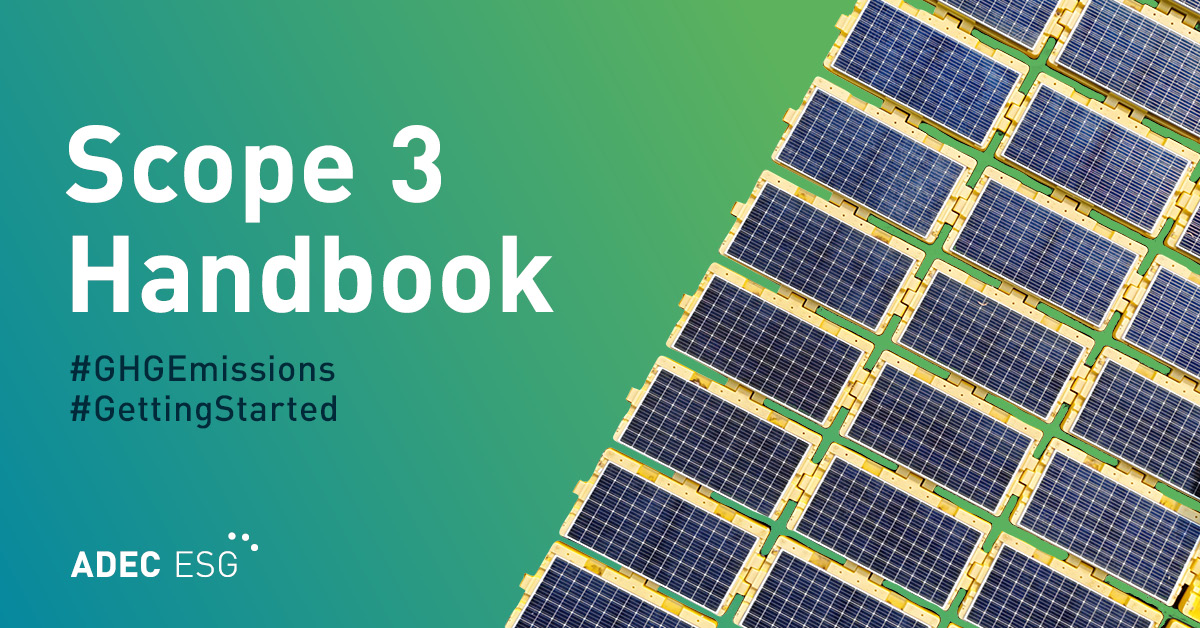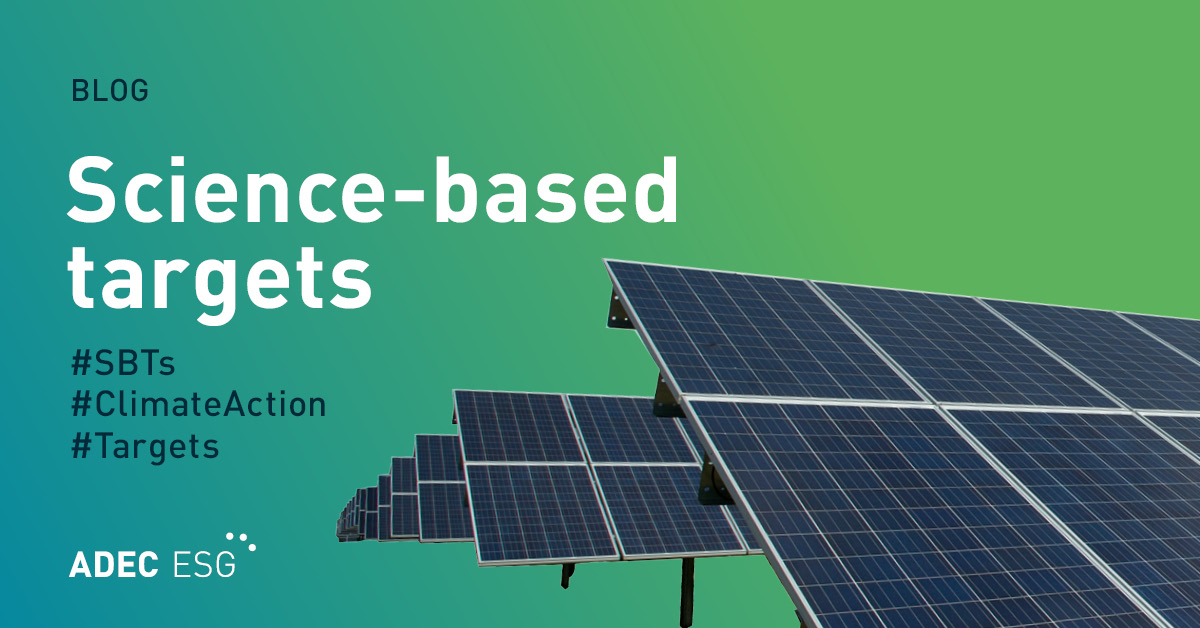With pressure mounting for companies to reduce their greenhouse gas (GHG) emissions and do their part to slow climate change, many are looking to carbon offsets as a potential solution.
This is not without controversy, however. Carbon offsets can be of widely varying quality, and carbon calculations can be opaque. In addition, some argue that using carbon offset projects is a “distraction from the real solutions of climate change” with no benefits in the long run. In fact, the Science Based Target Initiative (SBTi) doesn’t even consider carbon offset projects to be counted towards a company’s target.
The question stands: should you invest in carbon offsets?
What are carbon offsets?
Carbon offsets consist of projects that remove greenhouse gases from the atmosphere. The three common methods are avoidance, removal, and capture. The avoidance method prevents the release of carbon from company activities. An example is if a company decides to switch its energy sources from fossil fuels to renewable energy sources. The removal method is when carbon emissions are directly removed from the atmosphere, for example, through reforestation. The last method, capture, is when greenhouse gases are captured and destroyed. A common approach is to capture methane from a dairy farm and burn it for energy.
When should a company consider carbon offsets?
Before thinking about purchasing carbon offsets, the most effective climate action strategy is to first and foremost reduce emissions at the source. This means looking back at your greenhouse gas inventory to see where the biggest emissions hot spots lie and providing actionable reductions there. Can you work towards certifying for energy-efficient certifications like ENERGY STAR for your existing and future buildings? Are you able to collaborate with suppliers to assist with reducing their emissions? Is it feasible to increase recycling and divert waste from landfills?
Taking the steps to invest in improving overall energy efficiency at the source will not only help overall reductions in the future, but will also improve the brand’s reputation with its employees, investors, and customers. After all possible strategies have been assessed, if it seems that during this stage in your climate journey, it does not seem feasible to hit your climate targets with the reduction projects in place, then the next best option is to defer to carbon offsets.
Which carbon offset project should you invest in?
It is important to be confident that a carbon offset project is actually removing emissions from the atmosphere. This is where considering the factors of additionality, permeance, and leakage come into play.
For a project to be “additional,” that means the reduction in greenhouse gases would not happen unless the project was implemented with the impact having lasting and “permanent” effects. For instance, think about a project aimed at collecting and destroying methane from nearby landfills which will eliminate 26,000 MT of CO2e from the atmosphere. If you invest in a pipe-building project used to collect the methane but a pipe was going to be built there anyway, this would mean it is not providing additional reductions to emissions. On the other hand, if there is no preexisting, coexisting, or future existing pipe-building project in the area in place, you will be providing additional reductions.
To have permanent effects, the performance of the pipe is assumed to be continuously functional.
When it comes to the incidents of “leakage,” this is when a portion of emissions are leaked during the project’s lifetime that is unaccounted for. In reference to the previous example, if holes were to appear throughout the pipeline, this would allow methane to leak out of the system which, unless managed regularly, will appear as if nothing has happened, and therefore, not be accounted for.
Unfortunately, there is no global standard in place to make sure carbon offset projects are fulfilling their duties. There are, though, carbon offsets that adhere to very strict standards. Common verification standards such as the Gold Standard, Verra’s Verified Carbon Standard (VCS), or the Clean Development and Joint Implementation Mechanism from the United Nations Framework Convention on Climate Change are all credible sources to start pursuit on your carbon offset journey.
Another factor that should be considered is understanding which causes the company’s mission and values most aligned to. Offset projects not only help to remove greenhouse gases from the atmosphere but can provide co-benefits such as improving the social and economic status of communities or the conditions of natural areas. Below are case studies of projects from several companies that feature the differentiating greenhouse gas removal method along with its co-benefit.
- The Vietnam Biogas Programme
- The Purus Project: A Tropical Forest Conservation Project
- Para REDD Project
Until companies have the capabilities to fully remove carbon from their direct activities, carbon offsets can be used as a stop-gap solution towards climate action goals. The most important factor is to invest in projects that are of high quality and that are reviewed by third-party agencies to ensure it is real and verified.
ADEC ESG is a leading provider of sustainability solutions, including fully-integrated industry expertise, software solutions, and data management. Click here to learn more about how our team can help you track and manage ESG data, set targets, and integrate ESG factors into your strategy.




